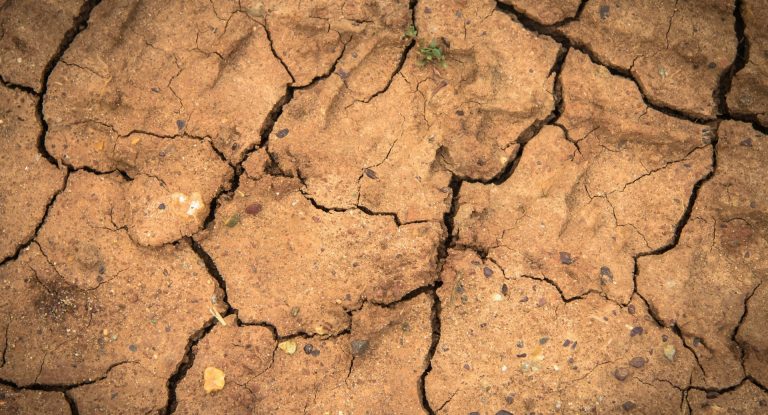Drought-shock is a real threat to banking financial performance and stability, new John Molson School of Business research shows

Climate shocks like wildfires, floods and hurricanes can be as sudden and spectacular as they are costly to those living through them. And their damage to local economies is closely studied by government officials, academics and media.
The effects of drought, however, are much less understood. They do not capture media attention the way other disasters do — their economic consequences are slower to manifest but potentially longer-reaching and small- and medium-sized businesses are likely to suffer the most.
In a new study published in the Global Finance Journal, researchers at the John Molson School of Business look specifically at how long-term droughts affect the financial stability and loan performance of regional banks in the United States.
They found that a two-year drought can have the same economic impact on a region as a one per cent increase in the unemployment rate, and banks are increasingly leaving drought-prone areas.
“Droughts are local shocks,” says Mehmet Özsoy, an assistant professor in the Department of Finance and the paper’s lead author. “We know that banks’ local branches are exposed to local economies and that most banks’ portfolios are closely linked geographically. If a bank has many branches in a drought-hit area, it will experience the shock as well.
“Big banking firms, which are diversified and have branches across the country, can absorb these local shocks. But there is no way smaller businesses can avoid them.”
 Mehmet Özsoy (left) with Erkan Yonder: “Local branches are exposed to local economies and most banks’ portfolios are closely linked geographically.”
Mehmet Özsoy (left) with Erkan Yonder: “Local branches are exposed to local economies and most banks’ portfolios are closely linked geographically.”
Out-migration a secondary effect
The researchers compared metrics of banks with branches in drought-stricken regions to those of similar-sized banks located mostly in non-drought areas. Data examined included Z-scores, which are an industry measurement of an institution’s financial stability and risk of insolvency, loan performance and stock volatility. Extra weight was given to branches with heavier deposits to reflect their overall importance to a firm’s bottom line.
They found that in general, drought shocks will distort bank stability and worsen a bank’s financial performance. Non-performing loan ratios increased for agricultural businesses, residential and commercial mortgages and commercial loans.
Furthermore, because droughts are rarely declared disasters by the U.S. federal government, they are left to deal with the repercussions on their own. As a result, banks were found to be more likely to simply shutter operations in drought-affected regions.
“Abandoning these areas creates a secondary knock-on effect,” Özsoy explains. “It makes it more difficult to get loans and mortgages and can lead to a migration effect: just as financial institutions and insurance markets are moving away from these regions, people are moving away too.”
“In another project we work on, my co-authors and I show that worse drought conditions lead to wildfires and wildfires increase the likelihood that homeowners foreclose and prepay their mortgages,” says co-author Erkan Yönder, an associate professor in the Department of Finance.
“Droughts’ direct and indirect (i.e. wildfires) negative impacts on loans and mortgages reflect how this type of climate event impacts local economies. Firms and households have difficulties paying off their loans due to economic slowdown that droughts cause.”
Yönder adds that, although this study looks at U.S.-based banks, it is important to note that Canada is not immune to climate change.
“For instance, it is highly exposed to wildfires, which become more likely with increased levels of drought.”
Consolidation ahead
The researchers warn that if climate change continues to worsen and droughts become more severe and frequent, it can potentially devastate local economies and threaten financial stability.
In the meantime, Özsoy predicts that smaller, more locally exposed U.S. banks will be consolidated into larger ones.
“We see this happening in the insurance industry, which is having similar experiences,” he says. “Consolidation makes firms more efficient and resilient to these kinds of local shocks.”
Mehdi Rasteh, PhD 24, is a co-author of this study. The Fonds de recherche du Québec (FRQ) contributed funding for this research.
Read the cited paper: “Understanding drought shocks: Bank financial stability and loan performance.”


